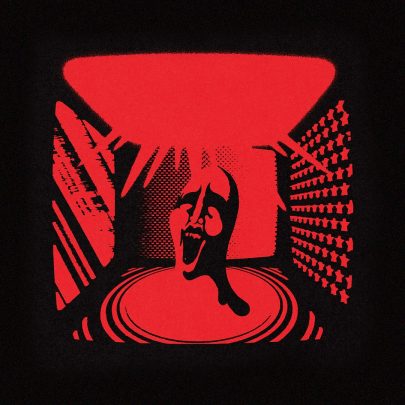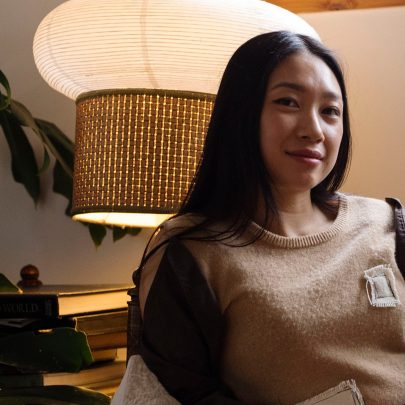Jul 19, 2013 Film & TV
The awards are announced on September 22.
When the series went to air here in March, co-creator (and nominee) Gerard Lee shared with Metro why Queenstown was the perfect locale.
Visiting the South Island with Jane Campion for the first time, two years ago, I was immediately confronted with the possibility of a death under the sweetest of circumstances. From the ground there, anywhere you care to look, you’re looking into the firmament of heaven. Walking out in the middle of a moonlit night, I stepped onto the dewy grass, fearlessly, looked up the valley of the Rees and thought this would be a great place to die. It’s such a short step from there into the next world.
Down there, you’re surrounded by benevolence. Gone is the fear lying in the sump of every Australian’s psyche that if you do step out into the night, you’re likely to tread on a coiled snake or a poisonous spider. In the gentle wilds of the South Island, the midnight grass welcomes you.
Our plan was to set a detective story in the area which meant there had to be crimes – murder, rape, incest and drugs, the usual fare. The landscape suggested something more like a Peer Gynt suite, a beautiful romantic opera or even a gently humorous comedy. But Jane was set on the dark side. She told me all I had to do was hang around for a while and I’d see what she was talking about.
We stayed for a month the first time and perhaps six weeks the second visit, writing and researching all the while. I met many locals most of whom were polite and friendly. The old lady down the road was a masterpiece of wisdom and sweetness. (I guess that’s what happens when you drink good milk and eat nice butter everyday for ninety-nine years.) The girls up the road were healthy and friendly, sporty. Everyone in town treated me like an equal (!) and went out of their way to assist. And the longer I stayed the better it got. It was tough cooking up murder and mayhem in this place but we got down to it day after day and did our best.
Compared to the writers of Midsommer Murders, we did it hard. You can easily imagine in a quaint little English town like that people would be wanting to kill their neighbours all the time. No wonder there was a murder every week and a double murder every other week. But in the country around Queenstown, that was going to be another matter; too much space to get away from each other for one thing.
We interviewed the police, to get the dirt on the place. And would you believe it, just the week before a backpacker’s mobile phone had been stolen. We went out on patrol with the boys in blue and at one point it got quite hairy. Another backpacker, an English guy, drunk outside World by Night looked like he was about to punch someone in the face – before we turned up.
We cruised looking for more trouble. And did we find it. A young woman doing a wee just off the main street and two fellows happily dragging an uprooted sapling through the mall. By getting to know the police, we got to know the seedier side of life by the lake. There was tragedy and sadness, like life everywhere. Drugs, serious family tension, incest, child pregnancy, bashings, travellers lost in the snow or fallen off misty mountain tracks.
The crimes we needed to suit our story had to be deliberate, pre-meditated. We wanted at least some of them to have a complexity that requires forethought, as well as passion. We wanted the crimes to be something all of us might do under certain circumstances. We wanted the viewer to be sympathetic to our villains. So the crimes we chose are from our imaginations, based on our own fears and insecurities and projected into the landscape.
This area, which we’ve called Top of the Lake, as well as being transcendentally beautiful, has a haunting starkness to it. The great expanses of gravel flats, the brooding mountain slopes, mossy glades, the ‘end of the road’, all provided the locations to expand on our darker themes and the beauty and innocence of the place showed the lighter side. we wrote our way into the landscape.
Recently, at this year’s Sundance and Berlin Film Festivals, we watched the whole six hours together with two international audiences, concerned they wouldn’t understand some of the quite particular aspects of our Antipodean ways – the turns of phrase, the black humour, the treatment of animals, the community misfits – the view from the underside of the planet. But as the story unfolded we could feel them locking in, sharing it with us. And it wasn’t just the suspense, the murder and mayhem; they cottoned on to the finer points too. They get us.





